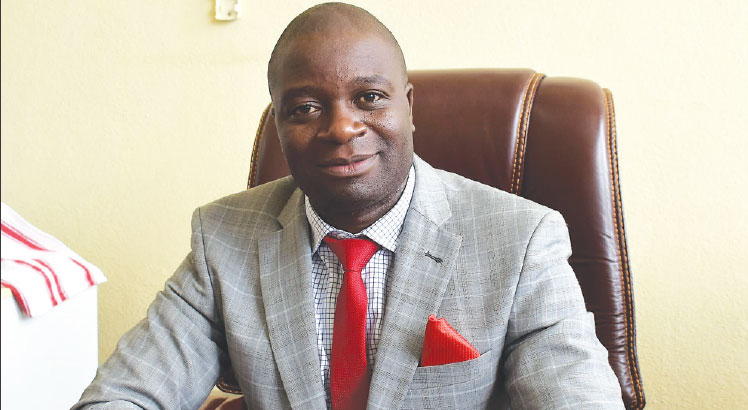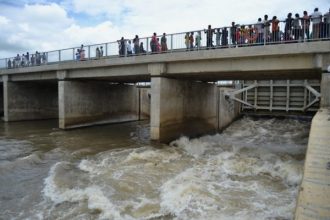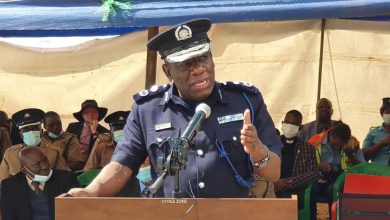Water tariffs up
Malawians will from this month dig deep into their pockets to access tap water following a decision by the country’s water boards to raise tariffs by an average of 52 percent from November 1.
New tariff structures we have seen show that Blantyre Water Board (BWB) consumers will pay 40 percent more while customers of Southern Region Water Board (SRWB) face a 50 percent hike and those of Central Region Water Board (CRWB) face a whopping 65 percent raise.

Lilongwe Water Board (LWB) and Northern Region Water Board (NRWB) were yet to present details of their revised rates as we went to press.
The country’s water boards last adjusted upwards the tariffs in 2018.
Following the increase, BWB customers getting their supplies from kiosks will be paying K0.40 from K0.23 while domestic users will part with K1.06 from K0.64 per litre for consumption of between zero and 40 000 litres.
In an accompanying Government Notice Number 58: Water Works Act (CAP 72:01), BWB said the water tarrifs have been adjusted upwards to help the board meet the increasing production and operational costs to continue serving customers better.
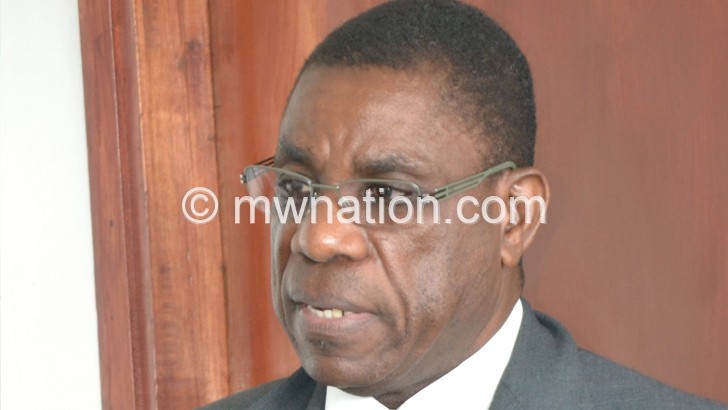
SRWB said the water tariffs hike was necessary to cover high costs of materials needed in water production.
SRWB chairperson Ibrahim Matola said at a consultation meeting with various stakeholders, including the Consumers Association of Malawi (Cama), civil society organisations and water users in Zomba that since the last revision of the tariffs in 2018, water production
equipment both from local and international suppliers have gone up.
He said: “This has prompted the board to revise its tariffs to continue producing potable water in its catchment areas as the board is unable to meet consumers’ demands due to limited resources.”
Treasury figures show that BWB’s financial performance has been worsening largely due to the non-implementation of the cost-reflective tariffs in the last three years, high non-revenue water (NRW) levels due to dilapidated pipeline systems and very high electricity costs.
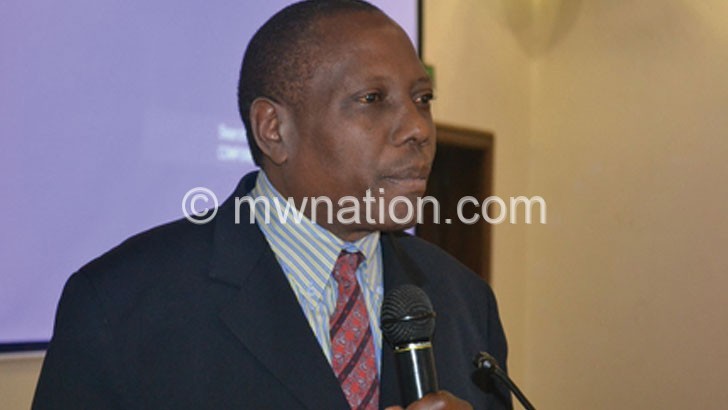
Reacting to the tariff adjustments in an interview on Monday, Cama executive director John Kapito observed that only SRWB engaged its many stakeholders before revising its tariffs.
He said the engagement meetings tackled several issues, including key performance indicators.
Kapito said BWB and LWB performances are hampered by high non-revenue water losses.
He said: “The two water boards have failed over the years to improve water supply in Blantyre and Lilongwe and reports of dry taps and poor water quality are happening everyday and hoping that these challenges within BWB and LWB can be eliminated by a tariff increase is impossible.”
In a separate interview, University of Malawi economics professor Ben Kaluwa, who is also a trustee of Water Boards Pension Fund, said that while the increasing tariffs will add costs to consumers, the move will help improve the cashflow of water boards.
He said water boards were struggling to honour some of their statutory obligations due to low revenue collection.
Centre for Social Concern economic governance officer Bernard Mphepo observed that any upward adjustment on water will affect access to water in low income areas.
He said: “This will force citizens to access water from unprotected sources. The high cost of living will worsen the problem of citizens’ access to safe drinking water since they have limited disposable income. Water is life.”
The water tariffs hike comes barely weeks after Malawi Energy Regulatory Authority (Mera) increased pump prices for petrol and diesel by an average 22.8 percent last month.
Effectively, petrol went up by 27.89 percent to K1 150 from K899.20 per litre, diesel rose by 24.72 percent from K898 to K1 220 per litre and paraffin by 15.79 percent to K833.20 from K719.60 per litre.
Mera is also expected to review a possible 10 percent electricity tariff increase for the Electricity Supply Corporation of Malawi.
Meanwhile, retail prices for maize, which contributes 42.5 percent to the inflation basket, has hit K200 per kilogramme (kg) in October, according to the Institute for Food Policy Research International (Ifpri) September 2021 Malawi Monthly Maize Market Report.
Most of the water boards are not in good financial health.
During the 2020/21 financial year, BWB projected a K10.2 billion loss by the end of the 2020/21 financial year.
As at December 31 2020, SRWB’s financial position worsened with a loss of K391. 5 million due to reduced volumes of water following the drying up of sources in Mwanza, Chiradzulu and Balaka.
The situation was exacerbated by frequent pump breakdowns in Liwonde, non-availability of materials for new connections, and proliferation of boreholes.
On the other hand, CRWB’s financial performance also worsened such that as at December 31 2020, they recorded a net loss of K502.6 million due to challenges of high NRW projected at 31 percent, the presence of a high number of stuck and aged meters which were under-registering sales volumes.
The financial performance of NRWB also deteriorated as at June 2020 with a loss of K3.8 billion down from a profit of K323.9 million in the 2018/19 financial year, largely hampered by the economic slowdown as a result of Covid-19 which was characterised by low volumes which declined by 11 percent below the breakeven position of the previous year.
Treasury also expects LWB to register an 82 percent reduction in
profitability over 2019/20 financial year to K0.4 billion to increase in losses due to a high NRW level at 41.4 percent in December 2020 compared to the target of 35 percent and the impact of unrevised water tariffs against increased production costs, coupled with the Covid-19 pandemic impacts particularly on water sales volume, due to reduced water consumption.


